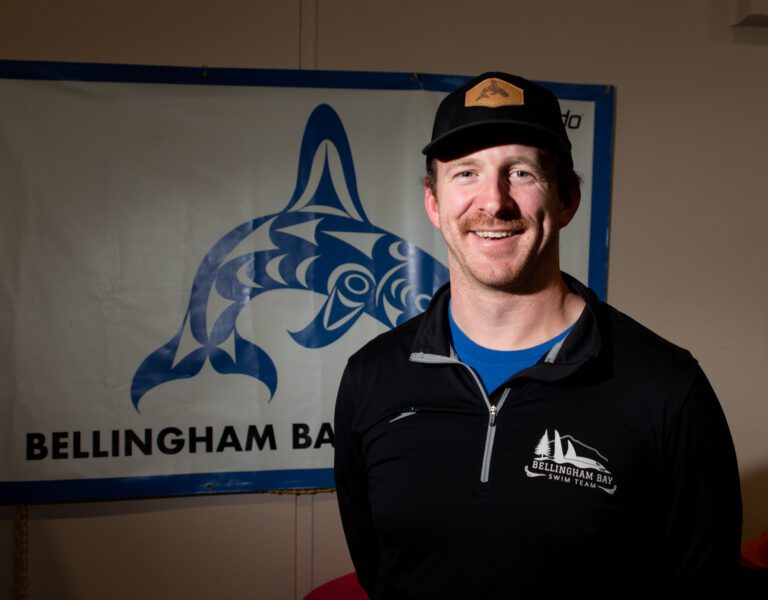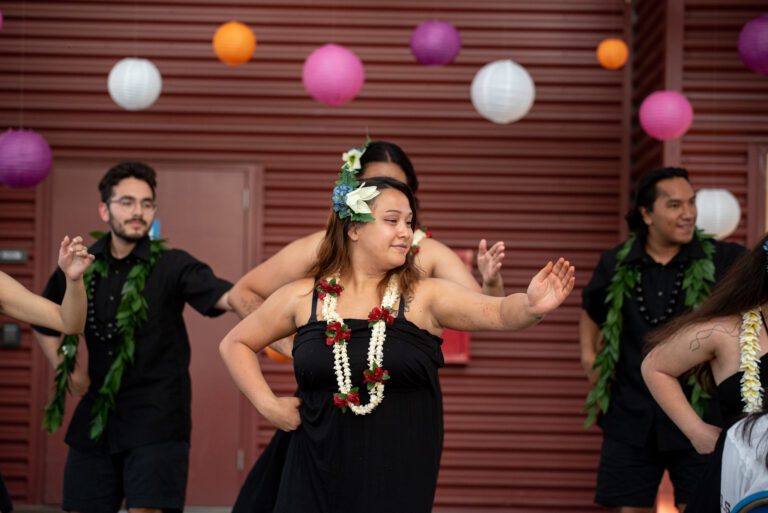Bellingham-born and Ferndale-raised Indigenous artist Sky Hopinka believes you don’t need permission to create the art you want to create.
At a recent artist talk at Western Washington University, the visiting Hopinka expanded on this motif while showcasing his own work, and highlighting the Western Gallery exhibition he curated.
The exhibition titled “What Was Always Yours and Never Lost” is on display through March 22. TVs lining the walls show experimental film, and several of Hopinka’s pieces are displayed in another section. The gallery contains works from various artists, connected by a shared theme of Indigenous history and identity.
“He’s dealing with issues that our constituency and our students are thinking about and dealing with — questions of identity, community, memory and culture,” Western Gallery Director Hafthor Yngvason said.

The exhibition name was inspired by a line in a 1950s film “Letter From an Unknown Woman,” and how the idea of always having something and never losing it relates to reclaiming Indigenous history.
Gallery Curator Zoe Fejeran’s favorite piece from this exhibition is “Mobilize” by First Nations filmmaker Caroline Monnet. The film shows an Indigenous journey from far north to the urban south, crafted out of archival footage.
Impressions of Indigenous life
In his own work, Hopinka focuses on Indigenous experimental film, and he seeks to “destabilize the authority that is inherent in the documentary gaze, and how that’s often centered on the white gaze.”
Instead, he highlights landscapes, revitalization and reclaiming myths. His abstract films are non-linear and visuals-based rather than following a narrative structure in an attempt to evoke a feeling or impression. Hopinka also works with written word, music and photography, and often the different mediums meld together to create a final product, like in his series “The Breathings,” which featured photographs etched with handwritten descriptors.

One of the first experimental short films Hopinka produced, “Wawa,” was about the Chinook Wawa language he learned in Portland, Oregon. The project led to more works relating to his Ho-Chunk background on his father’s side, and the songs that were passed down. Hopinka explored a similar idea in his short film “Kicking the Clouds,” but about his mother’s heritage, which is Pechanga.
Many of Hopinka’s ideas stem from questions he has on his mind, such as “I’ll Remember You as You Were, Not As What You’ll Become,” a film that explored the Ho-Chunk belief in reincarnation.
When Hopinka made his first short film, he wanted to create something that was focused on who Indigenous people are today, not the history of who they were. Hopinka emphasized in an interview that “you don’t need permission to make these films that you want to make.”

In a film called “Fainting Spells,” Hopinka made up a myth about a medicinal plant the Ho-Chunk Tribe used to wake people up after fainting. The film begins with a faraway recording of a TV showing a controlled burn, then goes on to show handwritten, scrolling text over moving images, telling the story he created.
That film was one of art professor Monique Kerman’s favorite pieces from Hopinka’s talk, because of the integration of narrative and abstract storytelling structures, and the idea of creating a myth.
Coming up, Hopinka has a solo exhibition in New York with 12 new pieces and is working on post-production for a feature-length documentary “Powwow People,” filmed at Daybreak Star Indian Cultural Center in Seattle.
Hopinka’s work is available at skyhopinka.com.




